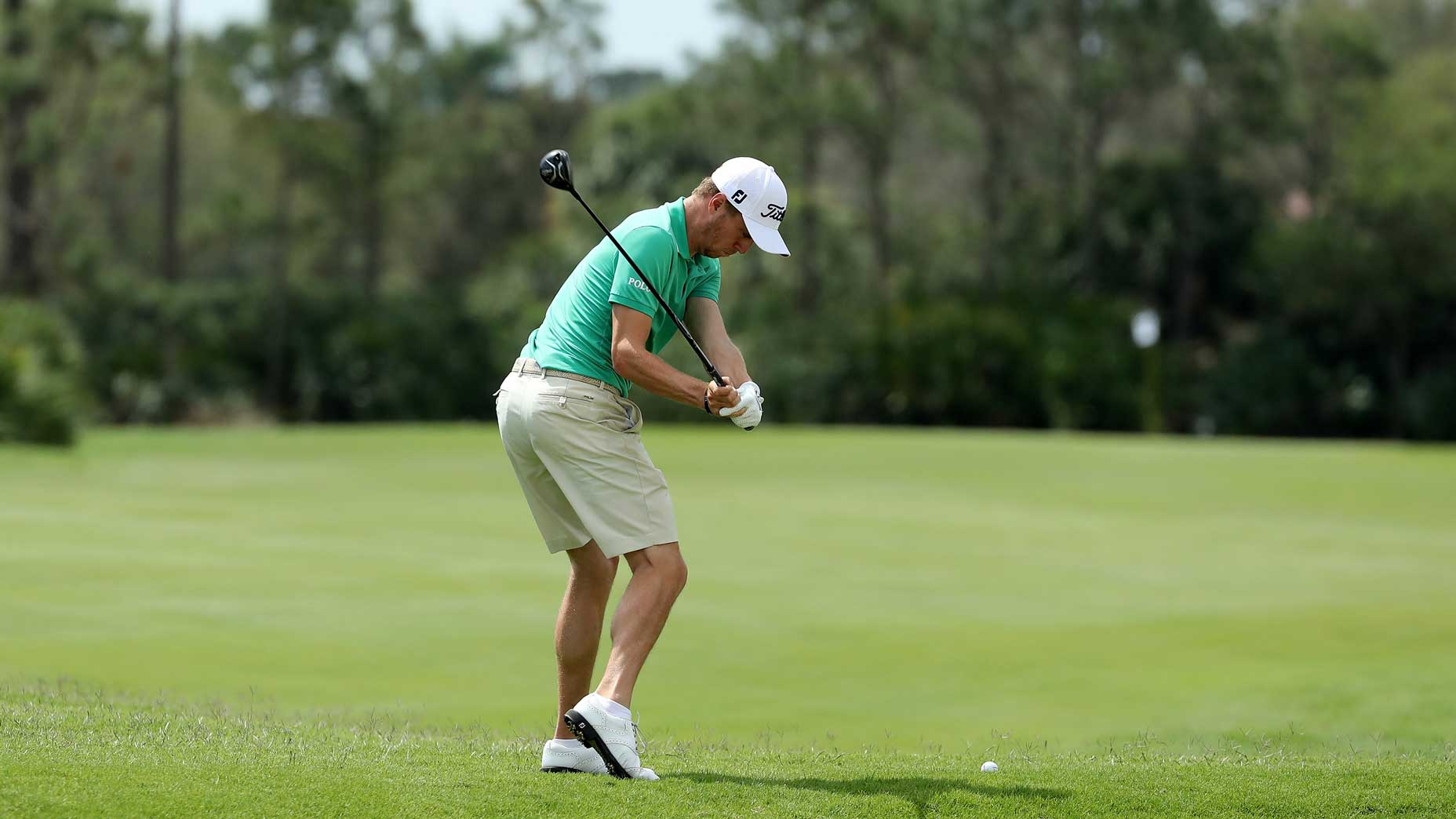Welcome to GOLF’s Top 100 Teacher roundtable, where some of the best instructors in the business answer the game’s most pressing questions. The goal? To help your game and lower your scores ASAP.
If you’ve ever sought out swing advice, you’ve probably heard a few key terms thrown around. Shallow. Over-the-top. In-to-out. There’s much jargon that surfaces when speaking about the swing, and it can get confusing.
Today, we’re going to clear up the definitions of one of those key terms: steep. It’s a term that is frequently referenced, but can mean different things to different golfers. In basic terms, when your swing is too steep, the club gets too vertical in the downswing. This creates a negative angle of attack, which can result in a one-way ticket to Chunk City.
To gain some more clarity on steepness, we’ve asked three GOLF Top 100 Teachers what they think the term means. And with their answers, we hope you can become a smarter, better golfer.
1. A measure of angle of attack
In a too-steep swing, the clubhead is traveling more downward than typical (or intended) as it comes into impact. For example, according to TrackMan data, PGA Tour players have an average attack angle of 4.3° down with a 7-iron. Using this example, a player who hits 7° down has a swing that is steeper than average. —Dom DiJulia
2. Hitting the top of the ball rather than the back
If wearing a white shirt and playing on a day when the ground is very wet scares you, then your swing is too steep! Steepness can come on the backswing or the downswing; the one that causes most of the issues is the downswing. This means you’re swinging straight down onto the top of the ball rather than swinging into the back of the ball. —Joe Hallett
3. Look at the shaft plane
When you’re too steep, it means the shaft is too vertical on the downswing, and your plane is above a natural path back to impact. Steepness can also happen in your backswing as well, where the shaft is excessively vertical on the way to the top. —Brian Mogg
